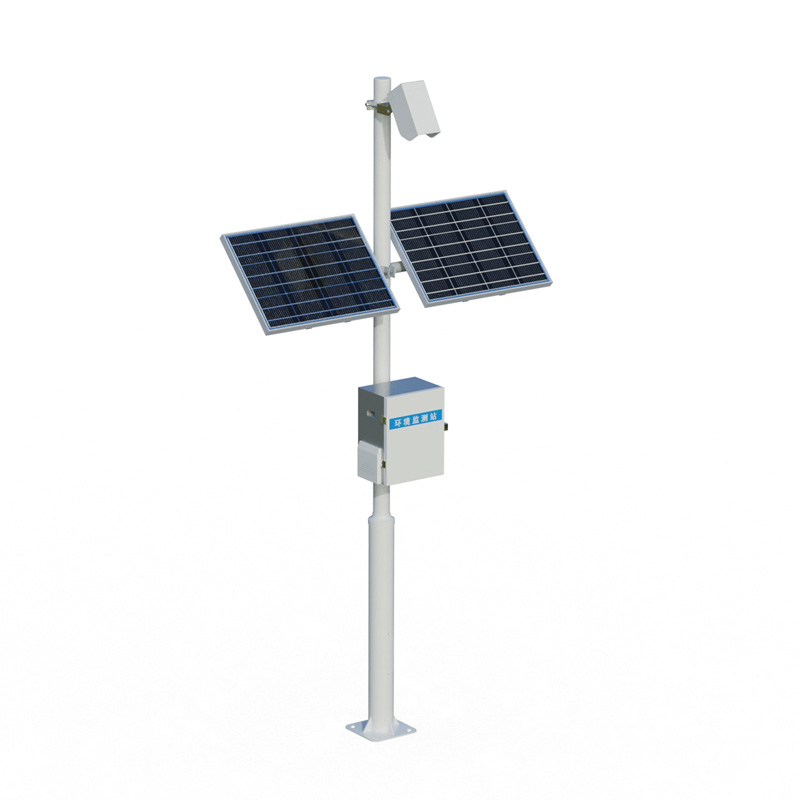Tianyi Sensor IOT Technology Co., Ltd
Sales Manager:Ms. Emily Wang
Cel,Whatsapp,Wechat:+86 15898932201
Email:info@fengtutec.com
Add:No. 155 Optoelectronic Industry Accelerator, Gaoxin District, Weifang, Shandong, China

Sales Manager:Ms. Emily Wang
Cel,Whatsapp,Wechat:+86 15898932201
Email:info@fengtutec.com
Add:No. 155 Optoelectronic Industry Accelerator, Gaoxin District, Weifang, Shandong, China

Model:FT-LMZK1
Brand:tianyi
1.Road Surface Monitoring Product Introduction
Road Surface Monitoring measures road surface conditions and automatically monitors road surface conditions to identify the thickness of water, ice and snow.Road Surface Monitoring uses remote sensing technology to avoid damage to roads and thus avoid traffic interference caused by the installation of road weather stations.
Under road conditions where embedded pavement sensors are inconvenient or cannot be installed, remote sensing installation means that there is no need to close the road or cut the pavement, and the installation work is both safe and convenient.Low maintenance is an ideal choice for road meteorological systems.
It can be installed on existing weather stations or on other buildings with unobstructed views of the road surface.
Multi-spectral measurement technology enables accurate detection of the thickness of icy, snow and water on the surface of the road.
By providing road surface condition information, road management departments provide accurate monitoring data and take response measures before road safety risks occur.
2.Road Surface Monitoring system composition: road condition sensor, collector, pole bracket, power supply system, cloud platform
3.Road Surface Monitoring product application
1.Install the bridge surface from a long distance
2.Areas with frequent accidents
3.Areas with large traffic flow
3.Areas with frequent rain and snow
4.Road Surface Monitoring product features
1.Long-distance measurement of road area water, ice and snow
2.Measure the road surface status
3.Measure the degree of water accumulation, ice surface, and slipperyness
4.Non-buried design
5.Resistant to rust
6.Infrared detection up to 15 meters
7.No need to close the lane, easy installation and maintenance
8.Rustrated design, all-weather measurement
5.Road Surface Monitoring Technical Parameters
| Detection distance and detection area diameter | 2-8 meters; 23cm |
| Installation angle for horizontal lines | 30-80 degrees |
| Power and power consumption | DC12-24V; 0.6W |
| Operating temperature and humidity | Temperature: -40ºC to +60ºC; Humidity: 0 to 95% |
| Thickness of water accumulation | 0-10mm |
| Ice thickness | 0-2mm |
| Snow thickness | 0-2mm |
| Slippery degree | 0.01 (slippery) - 0.82 (strong friction) |
| Pavement status report | Mixed dry, damp, wet, snow, ice, ice water |
| Road weather phenomenon (optional) | Pavement temperature: -40ºC to +60ºC |
| Weather phenomena: rain; snow; heavy fog | |
| Pavement materials | Concrete and asphalt pavement |
| communication | RS485, RS232 |
In the process of coal mine production, wind measurement work is of great importance. The space underground in coal mines is relatively enclosed, and there are flammable and explosive substances such as gas and coal dust. Reasonable ventilation can effectively dilute and discharge gas, reduce the ga...
The traditional triangle odor bag method mainly relies on the subjective judgment of professional odor assessors, which is not only cumbersome and costly to operate, but also difficult to achieve real-time monitoring and traceability. The emergence of the Odor Online Monitor has overcome these short...
Good air quality is the fundamental guarantee for a healthy life. To more effectively manage and improve the ambient air quality, air quality monitoring stations have emerged, which have strongly promoted the refined management of ambient air quality.Air quality monitoring stations are compact in si...
The COD Analyzer is a professional instrument that uses the potassium dichromate spectrophotometric method to determine the chemical oxygen demand (COD) of water. It is suitable for online monitoring of surface water, groundwater, industrial wastewater, and domestic sewage. The instrument complies with current environmental protection standards and can accurately detect the COD index of various water bodies, providing reliable data support for water quality assessment....